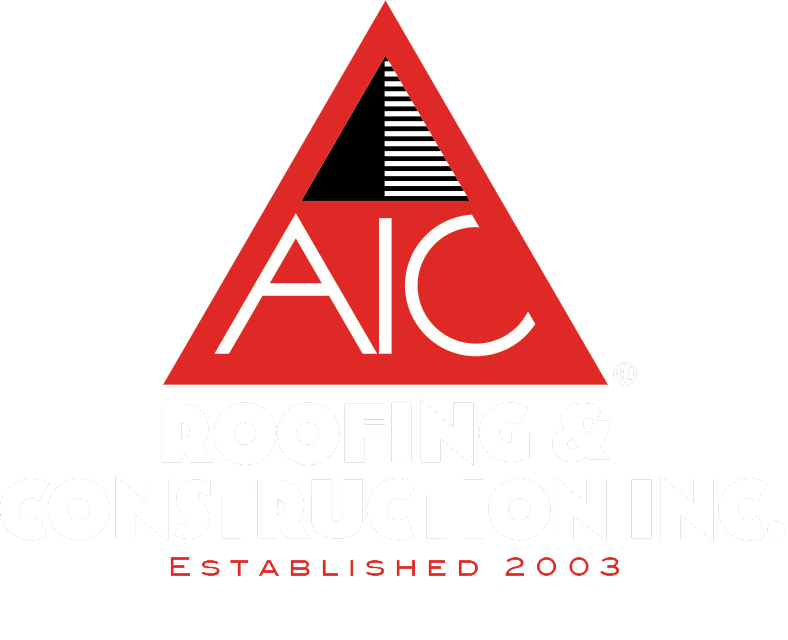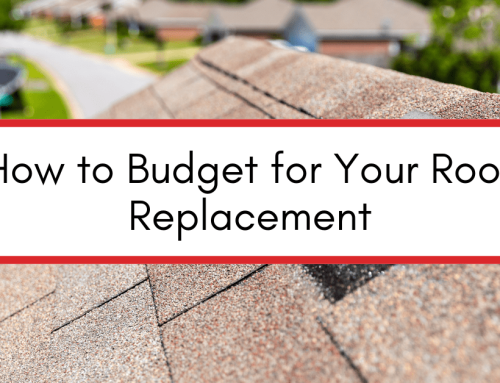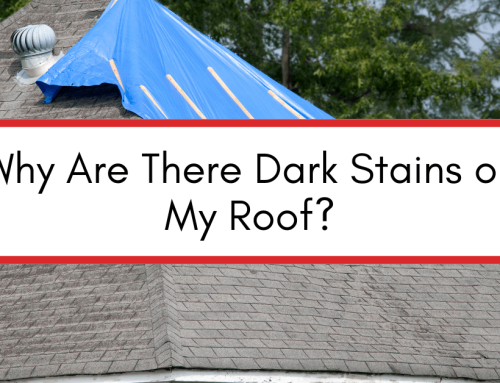Drip edge is an essential component in the construction and maintenance of roofs. It protects the structure from water damage, preventing leaks and extending the roof’s lifespan. This article covers the various aspects of drip edge, including its definition, importance, different types, materials used, and maintenance and repair.
Understanding the Basics of Drip Edge
When protecting your roof from water intrusion, you should never overlook the drip edge. This unassuming metal flashing is vital in safeguarding your roof and preventing potential damage. Let’s delve deeper into the world of drip edge and explore its definition, importance, and benefits.
Definition of Drip Edge
Drip edge, as the name suggests, is a metal flashing designed to be installed along the edges of a roof. It acts as a protective barrier against water intrusion, effectively redirecting water away from vulnerable areas. Typically, drip edge is installed under the roofing material and over the roof deck, creating a seamless barrier that shields your roof from water damage.
But how does drip edge accomplish this? Its unique design allows it to direct water away from the roof’s edges, preventing any potential seepage into the underlying structure. By effectively managing water runoff, drip edge ensures that your roof remains watertight and free from any moisture-related issues.
Importance of Drip Edge in Roofing
The importance of drip edge in roofing cannot be overstated. This subtle flashing plays a crucial role in maintaining the integrity of your roof and protecting it from various water-related problems.
One of the primary functions of drip edge is to redirect water away from the roof edge. Doing so prevents water from infiltrating the roof deck, fascia, and soffit. These areas are particularly susceptible to water damage and, if left unprotected, can lead to costly repairs and structural issues. It also helps prevent water from getting behind the gutter. Water can seep behind the gutter without a properly installed drip edge, causing rot and deterioration. This can compromise the overall stability of your roof and lead to further damage down the line.
In addition to its protective capabilities, drip edge provides a finished look to the roof. Its sleek and professional appearance enhances the overall aesthetics of your home, giving it a polished and well-maintained appearance. By investing in a quality drip edge installation, you not only protect your roof but also elevate the curb appeal of your property.
Different Types of Drip Edge
Installing drip edge is an essential component in roofing systems, as it helps to protect the roof from water damage. Various types of drip edge are available, each designed to meet specific roofing needs. Let’s explore some of the most common types:
L-Style
L-shape drip edge is one of the most widely used types in roofing. It consists of two perpendicular legs, one extending over the roof deck and the other covering the fascia. This configuration protects against water intrusion by directing water away from the roof’s edge. The extended leg over the roof deck helps to prevent water from seeping under the roofing material, reducing the risk of leaks and water damage.
Furthermore, the leg covering the fascia is a barrier, preventing water from infiltrating the underlying structure. This type of drip edge is commonly used in residential and commercial roofing projects due to its effectiveness and ease of installation.
T-Style
T-shape drip edge is similar to l-shape drip edge but with an additional leg that extends under the roofing material. This extra leg provides an additional layer of protection, ensuring that water is directed away from the roof’s edge and into the gutters. By channeling water towards the gutters, T-shape drip edge helps to prevent water from pooling on the roof, reducing the risk of water damage and structural issues.
This type is particularly beneficial in areas with heavy rainfall or snowfall, as it helps to manage water runoff efficiently. It is commonly used in residential and commercial roofing applications, providing enhanced protection against water infiltration.
Gutter Apron
Unlike drip edge, which is installed along the roof’s edge, the gutter apron is placed beneath the shingles and above the roof decking to help control water flow. The larger dimensions of gutter aprons make them ideal for hanging slightly over the roof sheathing, helping to prevent water from seeping in and causing damage to your home. In terms of cost, gutter apron installation is similar in price to drip edge, making it a cost-effective option for homeowners looking to improve their gutter system.
Materials Used in Drip Edge Construction
Aluminum
Aluminum drip edges are lightweight and corrosion-resistant, making them popular for many roofing projects. They are durable and can withstand extreme weather conditions, ensuring long-lasting protection for your roof.
Copper
Copper flashing may make sense if you want a distinct finish, but it is the most expensive option.
Galvanized Steel
Steel drip edges offer superior strength and durability. They can withstand harsh weather conditions and are less likely to bend or warp over time. Steel drip edges are typically galvanized to enhance their corrosion resistance.
Maintenance and Repair of Drip Edge
Regular Inspection
Regularly inspecting the condition of your drip edge is crucial to ensure its continued effectiveness. Look for signs of damage, such as bent or missing sections, rust, or gaps. Address any issues promptly to prevent water from seeping into the roof’s structure.
Repair
If you notice any damage to the drip edge, take immediate action to repair it. Use tin snips to remove bent or corroded sections and replace them with new pieces. Apply roofing cement or use a caulking gun to seal gaps or joints, ensuring water cannot penetrate the drip edge and compromise functionality.
In Closing
A drip edge is essential in maintaining your roof’s integrity. By understanding the basics of drip edge, the different types and materials used, the installation process, and necessary maintenance, you can ensure that your roof remains protected from water damage for years. Remember to perform regular inspections and promptly address any issues to keep your drip edge functioning at its best.
Whether you’re looking for a high-quality roof installation, repair, or new gutters and siding, AIC is here to help. We believe in and practice the best customer service possible, including showing up on time, following through on what we say we’ll do, and treating people with common decency and respect.
Our in-home consultations are free, informative, and low-pressure. Please get in touch with us by texting, calling, or filling out our contact form.
3-tab attics barns chimney choosing a contractor commercial cost curb appeal DIY estimate financing flashing flat roof GAF glossary gutter replacement gutters gutter size gutter system ice dams inspections insurance missing shingles roof design roofing materials roofing system roof leak roof maintenance roof materials roof repair roof replacement roof shapes roof types shingle ratings shingles siding siding materials siding replacement skylights storm damage underlayment ventilation warranty winter







